DISASTERS, INFRASTRUCTURE COLLAPSE—AND WHAT WALL STREET IS NOTICING
When disaster strikes, it’s not just the winds or water that cause the most damage—it’s what’s left behind when roads, bridges, and airports are gone.
Take Hurricane Helene, which caused $78.7 billion in damage while severing Florida and North Carolina communities from outside help. Or the Los Angeles wildfires, which destroyed 16,000 structures and blocked access routes across 37,000 acres—delaying relief efforts when time mattered most.
Aeros CEO Speaks on Humanitarian Use of the Aeroscraft eVBA at the NYSE
Current Tools Are Stretched to Their Limits
Helicopter emergency services—often the only aerial option when roads are destroyed—are projected to reach $12.51 billion by 2031, growing at 9% annually. In 2023, the North American market alone was valued at $10.14 billion.
Aeros CEO Speaks on Humanitarian Use of the Aeroscraft eVBA at the NYSE
Yet helicopters still face fundamental constraints: weather sensitivity, limited cargo capacity, $20 million unit costs, and a need for landing zones that disasters often erase. This creates a persistent mismatch between what disasters demand and what traditional tools can deliver. That gap has already taken its toll—major operators like CHC, PHI, and Bristow filed for bankruptcy between 2016 and 2019 despite growing demand.

How Airship Technology Responds
Aeros’ Electric Variable Buoyancy Airship (eVBA) is designed to support adaptable, scalable delivery in areas where disasters have rendered roads, runways, or other infrastructure unusable.
Aeros’ Electric Variable Buoyancy Airship (eVBA) is designed to support adaptable, scalable delivery in areas where disasters have rendered roads, runways, or other infrastructure unusable.
- Lift Without Landing: At the heart of the eVBA is Aeros’ patented Control of Static Heaviness (COSH) system. COSH allows the airship to adjust its buoyancy in real time, meaning it can pick up or release cargo mid-air—without needing to touch down or drop ballast. This capability allows for pinpoint delivery in unstable or inaccessible terrain.
- Massive Payload: The ML866 model supports payloads of up to 66 tons—enough to transport food, water, medical supplies, and temporary shelters for thousands of people in a single trip.
- Lift Without Landing: At the heart of the eVBA is Aeros’ patented Control of Static Heaviness (COSH) system. COSH allows the airship to adjust its buoyancy in real time, meaning it can pick up or release cargo mid-air—without needing to touch down or drop ballast. This capability allows for pinpoint delivery in unstable or inaccessible terrain.
- Massive Payload: The ML866 model supports payloads of up to 66 tons—enough to transport food, water, medical supplies, and temporary shelters for thousands of people in a single trip.
- Vertical Take off And Landing: Unlike conventional fixed-wing aircraft or many rotorcraft, the eVBA requires no runway or helipad. It can take off and land vertically in open spaces, offering access to rural or isolated locations unreachable by other means.
- Lower Emissions and Operating Cost: By using helium for buoyant lift, the eVBA minimizes the need for heavy combustion engines. The design enables operating costs up to 2/3 lower than those of conventional aircraft—making sustained missions more viable both economically and environmentally.
The eVBA isn’t meant to replace helicopters, drones, or fixed-wing aircraft. Instead, it adds a crucial tool to the disaster logistics toolbox—bridging the gap between high-capacity lift and infrastructure-free reach. Whether it’s an earthquake-hit village, a flood-isolated town, or a remote refugee camp, the eVBA offers a way in—quickly, safely, and without delay.
Why It Matters More Than Ever
In 2024, global disaster relief spending reached $100 billion, with major events occurring roughly every 18 days. As disasters become more frequent and severe, disaster relief is emerging as both a humanitarian imperative and a rapidly expanding area of focus for governments, agencies, and investors alike.
Disasters unfold rapidly. Effective response must move just as fast.
Aeros is currently gauging public interest in a potential Regulation A offering. Indications of interest are non-binding and involve no obligation or commitment.
This “testing the waters” communication is for informational purposes only and does not constitute an offer to sell or a solicitation of an offer to buy any securities. Aeros is currently “testing the waters” to gauge potential investor interest in a possible public securities offering under Regulation A Tier 2. No investment decisions should be made without reviewing the final offering statement, which will contain important information about the investment and its risks. The Securities and Exchange Commission has not approved or disapproved of these securities.
Disclaimer: (1) no funds or other consideration is being solicited, and if money is sent, it will not be accepted by the company; (2) no sales will be performed or commitments to purchase accepted until the offering statement is qualified and any such offer may be withdrawn or revoked, without obligation or commitment of any kind, at any time before notice of its acceptance given after the qualification date; and (3) a proposed purchaser’s indication of interest is non-binding and involves no obligation or commitment of any kind.

Founded in 1987, Aeros Corporation is a U.S.-based aerospace and defense company specializing in the design, certification, and production of advanced airships and aerostats. With a track record of successful collaborations with the U.S. Department of Defense, NASA, and DARPA, Aeros is pioneering next-generation solutions for global cargo transport, emergency response, and strategic logistics. For more information about Aeros, visit www.Aeroscraft.com.


